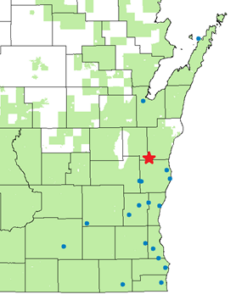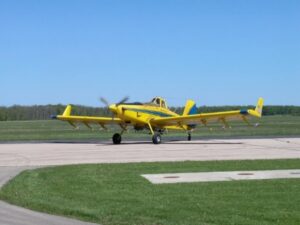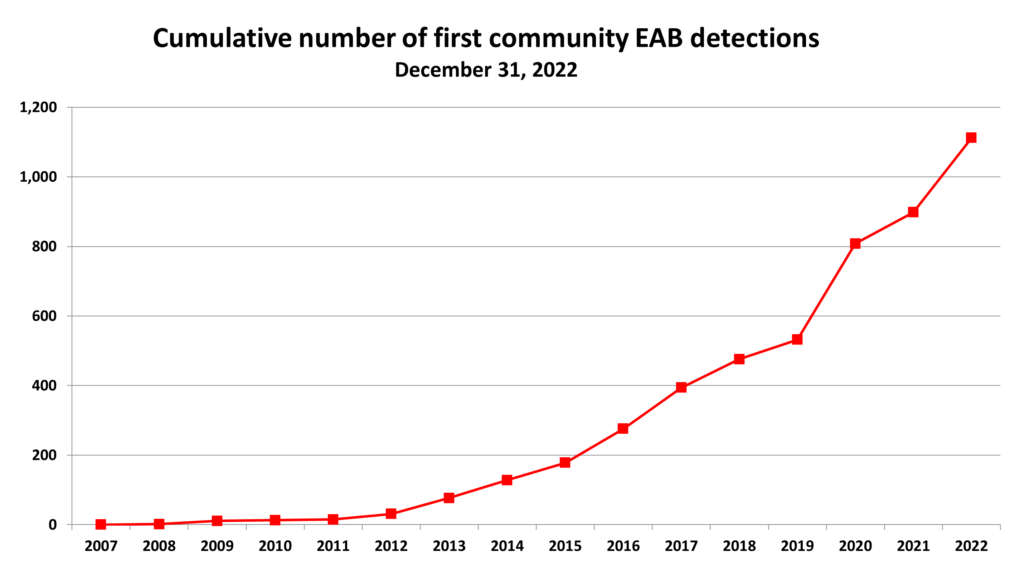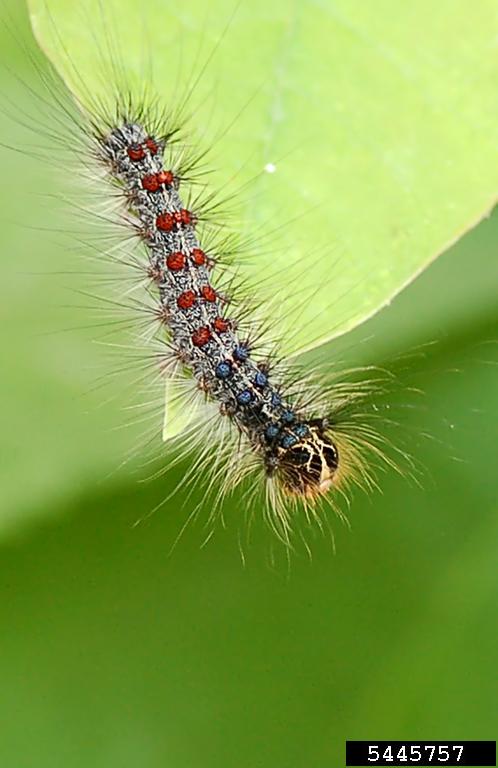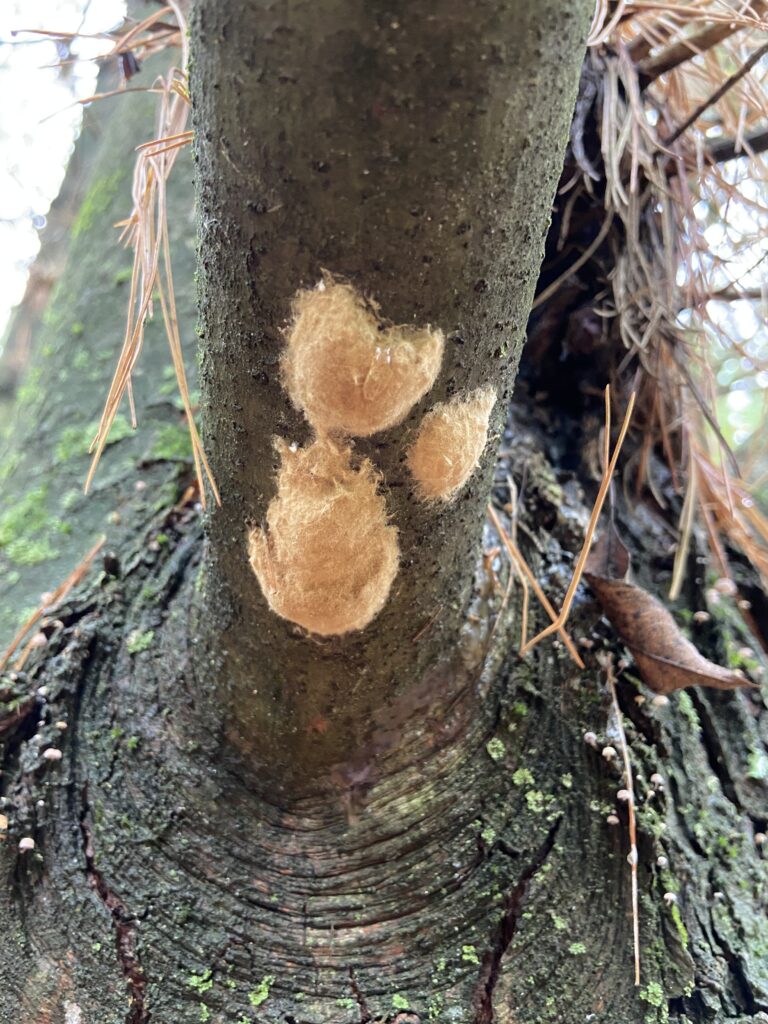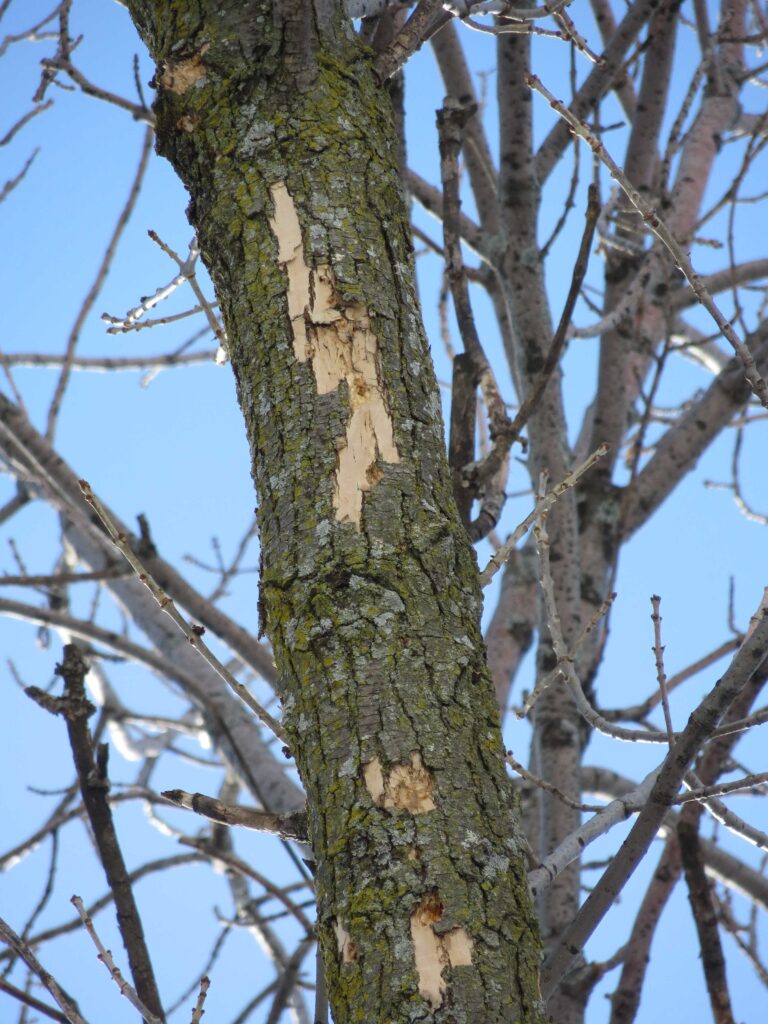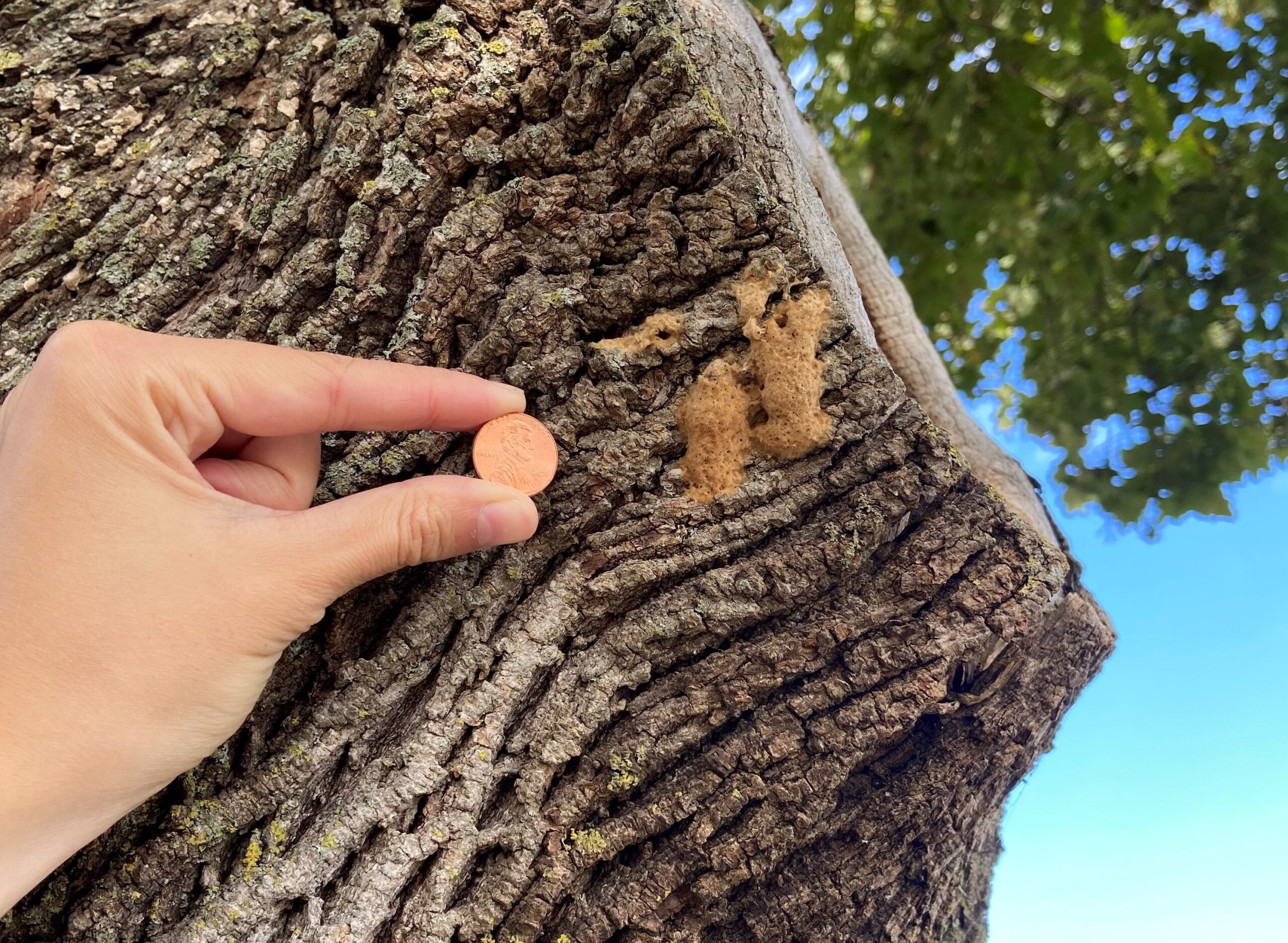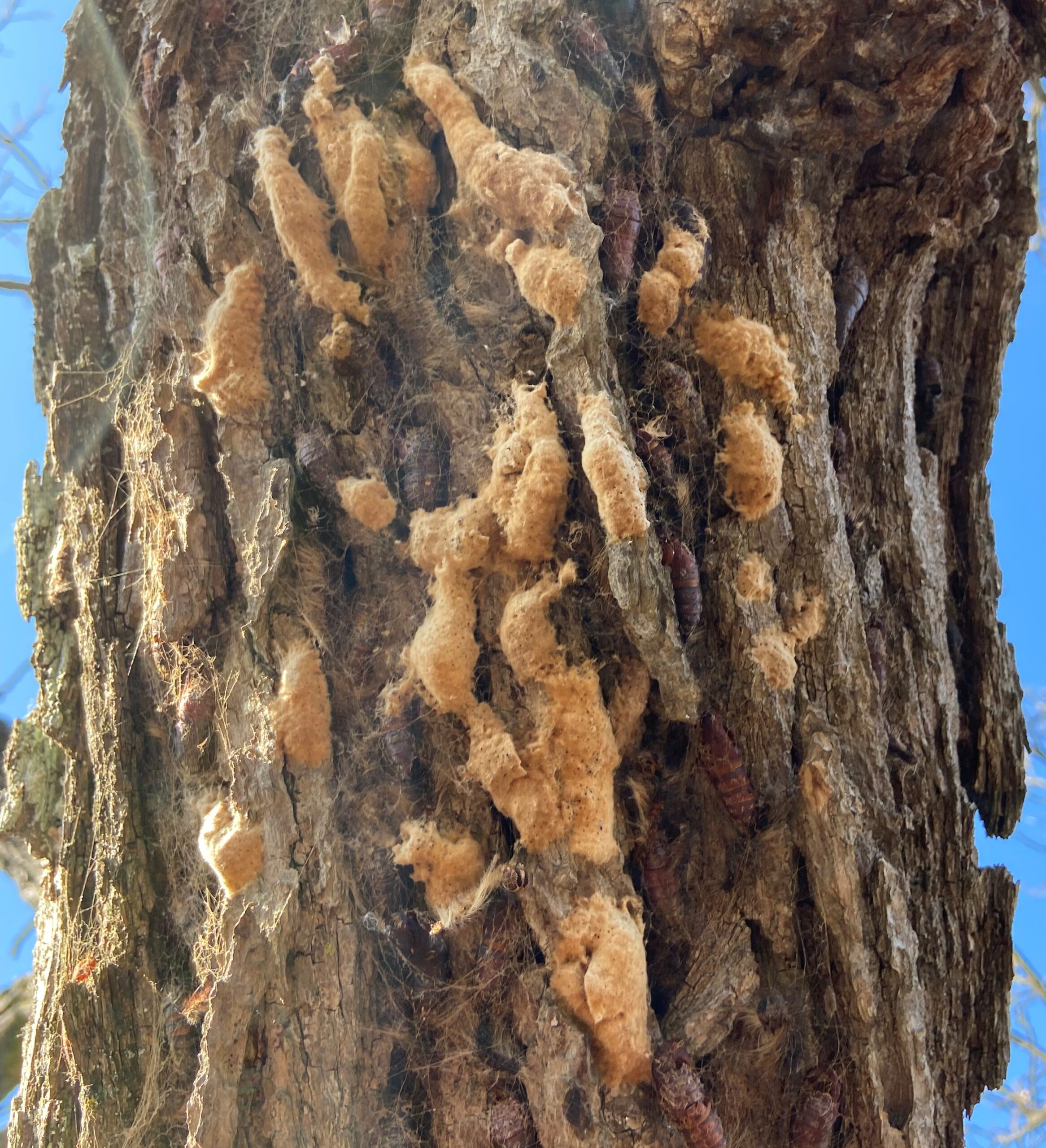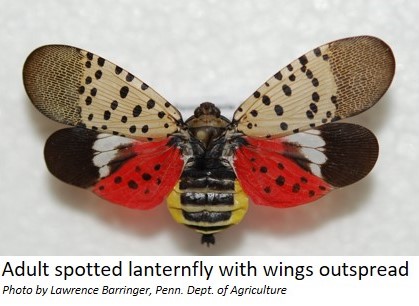By Anne Pearce, Invasive Plants Association of Wisconsin
Spotted lanternfly is on its way to Wisconsin

Tree-of-heaven showing leaves and fruits. Photo: Chuck Bargeron, University of Georgia, Bugwood.org
Spotted lanternfly (Lycorma delicatula) is an invasive insect that threatens a variety of plant species, mostly woody plants. It has not yet been found in Wisconsin, but it is steadily moving toward us from the eastern United States. Both juvenile (nymphs) and adult spotted lanternfly feed by sucking sap from the stem, branches, twigs and leaves of host plants. This weakens the plant and can contribute to the plant’s death. Because spotted lanternfly impacts a wide variety of agricultural crops (like grapes and hops), nursery crops (like roses), and hardwood trees (like maple, walnut, willow, and poplar), it is a high priority pest in Wisconsin.
Continue reading “Report Tree-Of-Heaven To Help Monitor For Spotted Lanternfly”

